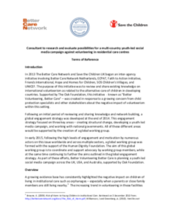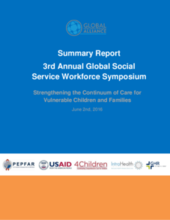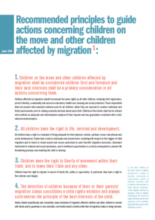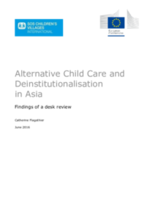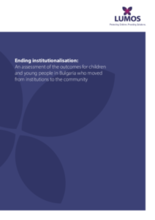Displaying 3111 - 3120 of 4392
The Better Volunteering Better Care Initiative’s blogging blitz is a month-long spread of articles aimed at raising awareness around the issues of orphanage volunteering, under the hashtag #StopOrphanTrips.
This post is part of the Better Volunteering Better Care Initiative’s month-long spread of articles aimed at raising awareness around the issues of orphanage volunteering. This post introduces Better Volunteering Better Care’s position paper on orphanage volunteering and highlights some of the posts from the blogging blitz.
This video is part of the Better Volunteering Better Care Initiative’s month-long spread of articles aimed at raising awareness around the issues of orphanage volunteering. The 3-minute video summarizes the research on how and why orphanage trips are harmful to children.
This post is part of the Better Volunteering Better Care Initiative’s month-long spread of articles aimed at raising awareness around the issues of orphanage volunteering. The post explains the harms of orphanage tourism.
This consultancy project consists of a 3 month period to further research and develop plans for a youth-led media campaign in the UK, USA, and Australia.
This report includes a summary of each of the panel discussions at the symposium, as well as the questions asked, and provides the text of the opening and closing remarks from the event.
This document highlights principles used to guide actions concerning children on the move and affected by migration.
This desk review examines the reasons children are being placed in care, evaluates the types of care in the region, and discusses regional efforts towards deinstitutionalisation.
This report shares outcomes to date for a group of 1,292 children and young people with disabilities who have transitioned out of large residential institutions (institutions) into small group homes (SGHs) in the community.
Maxim’s story illustrates the problems with institutional care and the stagnation often seen in the child protection system.

